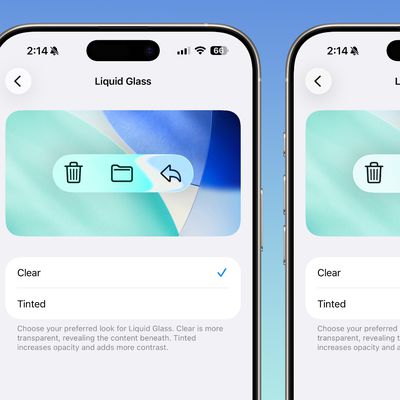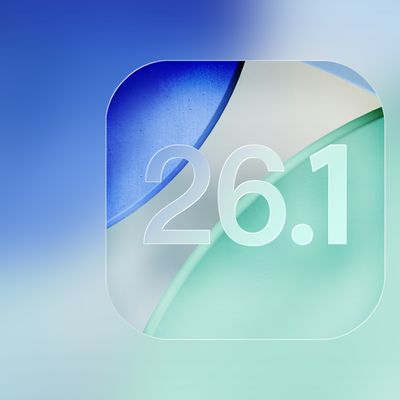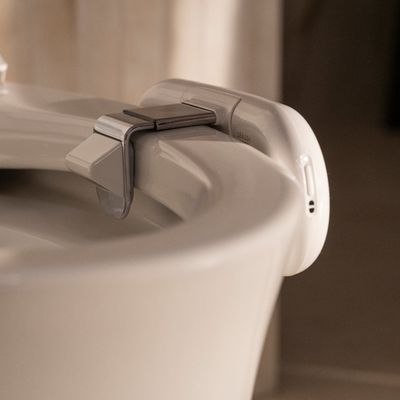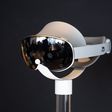In a lengthy new article posted online today, The New York Times has delved into the inner workings of Foxconn's major iPhone manufacturing plant in Zhengzhou, China, referred to locally as "iPhone City." The article describes how the facility became one of Apple's major global manufacturing plants, as well as the "hidden bounty of perks, tax breaks, and subsidies" uncovered behind the scenes of Foxconn's operations -- negotiations Apple said it is "not a party to."
Looking at the origins of Apple's move to production overseas, the article first details Steve Jobs' decision to manufacture the Macintosh in its facilities in Texas and California in the mid-1980s. Following the company's financial slump in the 1990s, Jobs upon his return made the decision to outsource production in places like China. Partnerships with the likes of Foxconn provided Apple with the "heft and expertise" to create products, including the original iPod, on a massive scale.
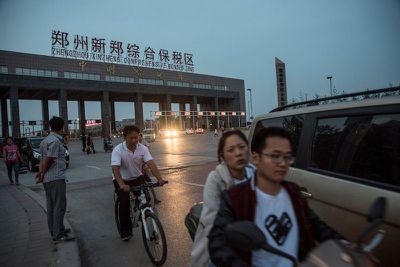
When Apple’s sales took off after the introduction of the iPod in 2001, Foxconn had the heft and expertise to meet the demand that accompanied each hit product. Foxconn’s factories could quickly produce prototypes, increase production and, during peak periods, hire hundreds of thousands of workers.
“They have brilliant tooling engineers, and they were willing to invest a lot to keep pace with Apple’s growth,” said Joe O’Sullivan, a former Apple executive who worked in Asia.
As the launch of the iPhone approached, Foxconn began scouting locations for a new facility around China and created an Olympic-level competition among cities to be the home of its new plant. Officials from various cities offered perks like discounted energy and transportation costs, lower social insurance payments, and over $1.5 billion in grants for factory construction and dorms for workers. After Zhengzhou was chosen, it only took a few months between the signing of the deal and the launch of assembly lines in August 2010.
The city created a special economic zone for the project and provided a $250 million loan to Foxconn. The local government also pledged to spend more than $10 billion to vastly expand the airport, just a few miles away from the factory.
“I was impressed,” said Jeff Williams, Apple’s chief operating officer, who was part of the early discussions about setting up a factory. “They were very focused.”
To create its cohesive export system, Foxconn insisted that the Zhengzhou facility be located within a "bonded zone." This allowed Foxconn to bypass China's stringent restrictions on foreign manufacturing and directly import and export iPhone components, which was further expedited thanks to the facility's purposeful proximity to a nearby airport.
The iPhone plant continued to ramp up, and in 2014 included 94 production lines for the iPhone 6 and iPhone 5s, with an estimated 230 million smartphones having been exported from Zhengzhou in the years it had been open. The government referred to it as "one of the nation's crucial export centers." With all of the work came a labor force "the size of a national army," who relied heavily on government subsidies and produced 500,000 iPhones a day at peak.
A crushing work force begins arriving for the early shift at 6:30 a.m. They travel by foot, by bus, by motor scooter and even by pedicab. They file steadily into dozens of factory sites, spread out across 2.2 square miles. At the peak, some 350,000 workers assemble, test and package iPhones — up to 350 a minute.
The government pays recruiters a subsidy for every worker they hire, Mr. Liu said. “If the demand is high, then they will pay more,” he said. “If the demand is low, then the payment will be low, too.”
One of the other major topics of the article centered around the help that Foxconn has received from the Chinese government in return for providing its services to Zhengzhou's financial and political surge over the years. Foxconn is said to receive a bonus for each export target it reaches, according to government records discovered by The New York Times, with subsidies totaling $56 million in the factory's first two years of iPhone manufacturing.
Foxconn, in a separate statement, said it was grateful for the support of the government, noting that it was “no different than similar tax breaks all companies get in locations around the world for major investments.”
In response to questions, Apple said it was aware of the government’s infrastructure support. But the company added that it had no knowledge of specific grants, subsidies or tax breaks given to its manufacturing partner.
Foxconn remains a loyal partner in Apple's manufacturing processes to this day, most recently considering expansion into the United States and gearing up to be a major supplier of the 2017 iPhone.
The rest of The New York Times' findings, discovered through over 100 interviews with factory workers, logistics handlers, truck drivers, tax specialists and current and former Apple executives, can be read in the full coverage here.
Note: Due to the political nature of the discussion regarding this topic, the discussion thread is located in our Politics, Religion, Social Issues forum. All forum members and site visitors are welcome to read and follow the thread, but posting is limited to forum members with at least 100 posts.



